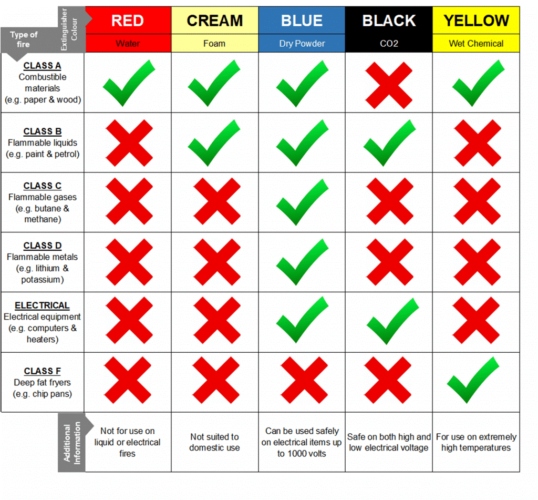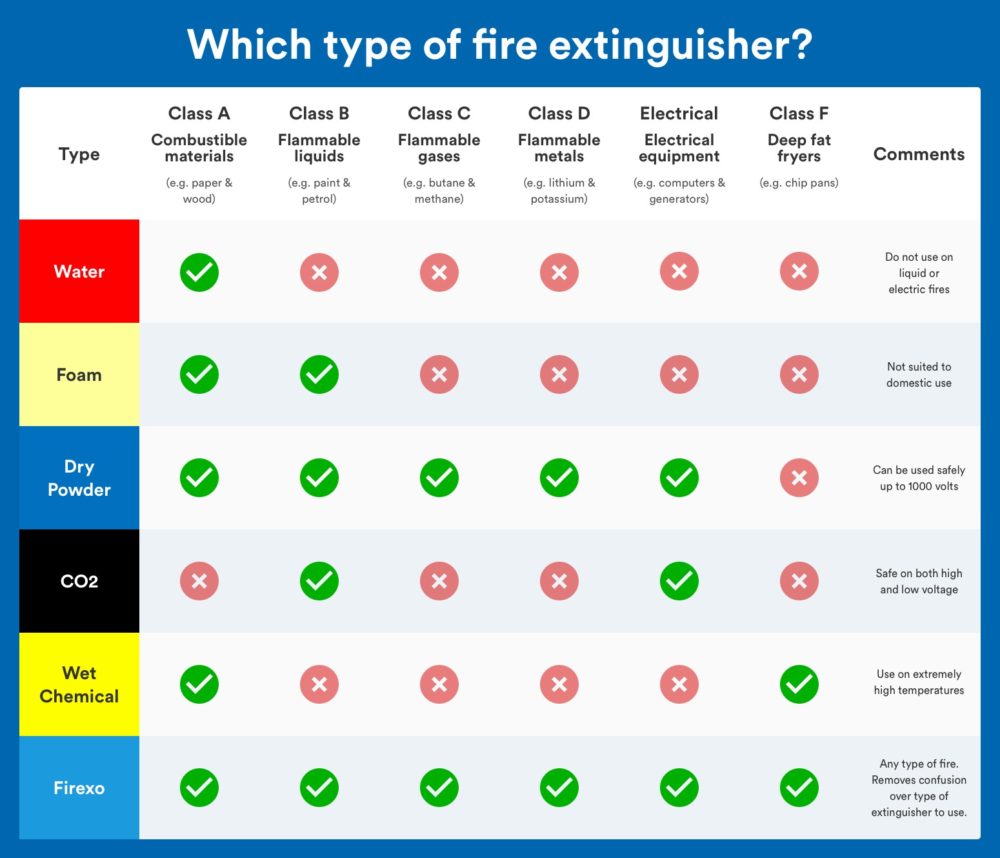class b fires use the following as fuel
That is why it is important only to use extinguishing agents and methods designed specifically for Class B fires. Class B fires are a common hazard in industries dealing with fuels lubricants and certain types of paint.

Abcs Of Fire Extinguishers Fire Prevention Services The University Of Texas At Austin
Fires caused by combustion of gases such as methane propane hydrogen acetylene natural gas and city gas.

. Class B fires are fueled by liquids or gases. Potassium sodium aluminum magnesium. Many of the fluids liquids and chemicals used in workplaces can be flammable or explosive.
Solid combustible materials that are not metals. Like LPG hydrogen butane or methane Class D fires combustible metals. In fire classes a Class B fire is a fire in flammable liquids or flammable gases petroleum greases tars oils oil-based paints solvents lacquers or alcohols.
Class B Fires are fueled by flammable or combustible liquids which include oil gasoline and other similar materials. Combustible metals it will. Class B - Flammable liquids.
Extinguishers with an A rating are designed to extinguish fires involving these ordinary combustible materials. It is therefore very important to understand the four different classifications of fuel. Lithium potassium magnesium titanium and zirconium.
There are four classes of fires. Class B fires are fires involving liquids. Any non-metal in a liquid state on fire.
Using a water or foam fire extinguisher will be just the thing to put it out. The next fire type you need to be aware of is the ones started by flammable liquids. Such as petrol turpentine or paint Class C fires flammable gases.
Gasoline oil grease acetone. When an extinguishing agent is determined to be safe and effective for use on. Class B fires flammable liquids.
Class A - fires involving solid materials such as wood paper or textiles. Class K fires involve. 15 gal 57 L c.
Energized Electrical Fires are known as Class C fires. Cooking Oils and Fats. Water will remove oxygen and the heat source to the fire stopping it in its tracks.
These fires are ones that can be handled with water. Class B fires involve flammable and combustible liquids such as gasoline alcohol oil-based paints lacquers. 10 gal 38 L b.
25 gal 95 L A Class B foam extinguisher is effective on all of the following fuels except one. Class A fires involve ordinary combustible materials such as cloth wood paper rubber and many plastics. According to statistics in 201011 flammable liquids accounted for only 2 of fires but a massive 21 of fatalities.
Only Dry Powder extinguishers can be used. Flammable Liquids andor Gases. Foam water wet dry all sorts of fire extinguishers can be used.
20 gal 76 L d. Note that cooking fires have their own classification and. Once the electrical item is removed the fire changes class Class F fires.
Class B Fires. Class B Fire. Class B fires can be very dangerous because they can spread quickly and are difficult to extinguish.
Like cleaning fluids solvents fuels inks adhesives and paints. The fuel sources of class B fires gases and liquids can be quite volatile and cannot be extinguished by water which will only make the fuel source spread thus spreading the fire. Class A - Wood paper cloth trash plastics.
Flammable and Combustible Gases. Smothering effects which deplete the oxygen supply work best to extinguish Class B fires. Water works best to extinguish a Class A fire.
Flammable gases such as butane or propane are also common fuel sources in Class B fires. Fires caused by combustion of liquids or materials that liquify such as petrol oils fats paints tar ether alcohol stearin and paraffin. Chemicals such as magnesium aluminum or potassium Class E fires electrical equipment.
Foam CO2 and dry powder fire extinguishers are effective. Class K rated extinguishers work because of _____ which converts fatty acids into a. Smothering these types of fires to remove oxygen is a common solution as are chemical reactions that produce similar effects.
Class B - fires involving flammable liquids such as petrol diesel or oils. Include application instructions on the faceplate. It also helps with removing the heat as the discharge is very cold.
They are often started by gasoline oil paint or alcohol or by gases such as methane or propane. Class C - fires involving gases. The fuel for a Class B is a combustible gas or liquid.
Hydrogen butane methane ethylene. Extension cords space heaters toasters and hair dryers.
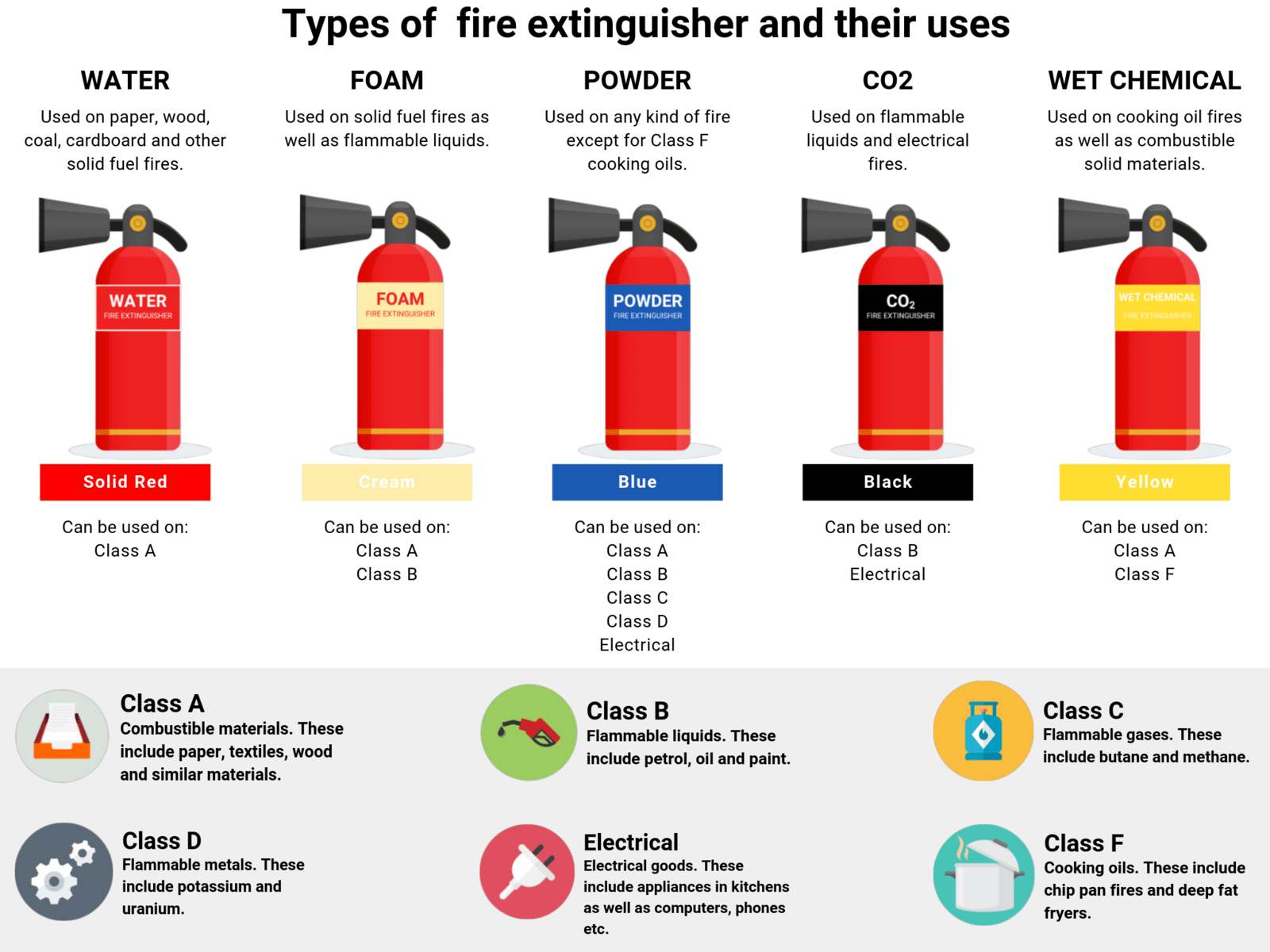
The Types Of Fire Extinguishers Classifications Water Foam Co2
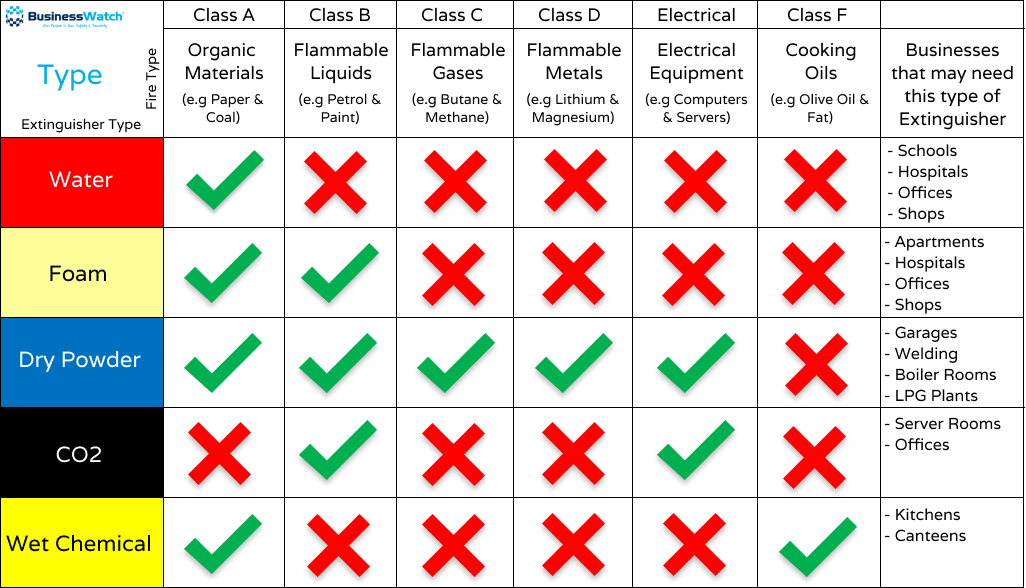
What Are The Different Types Of Fire Extinguishers Uk Businesswatch
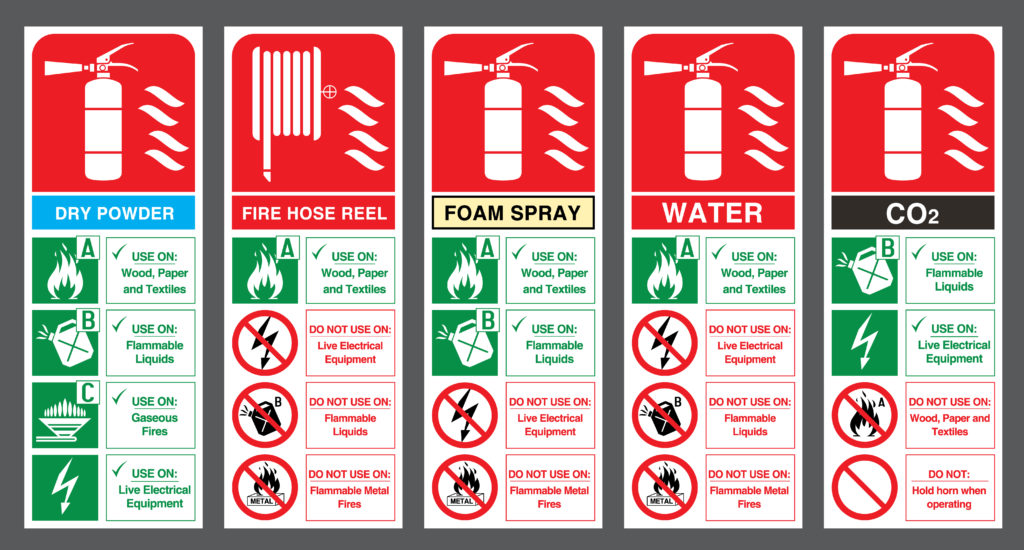
The Many Types Of Fire Extinguishers Fire Safety
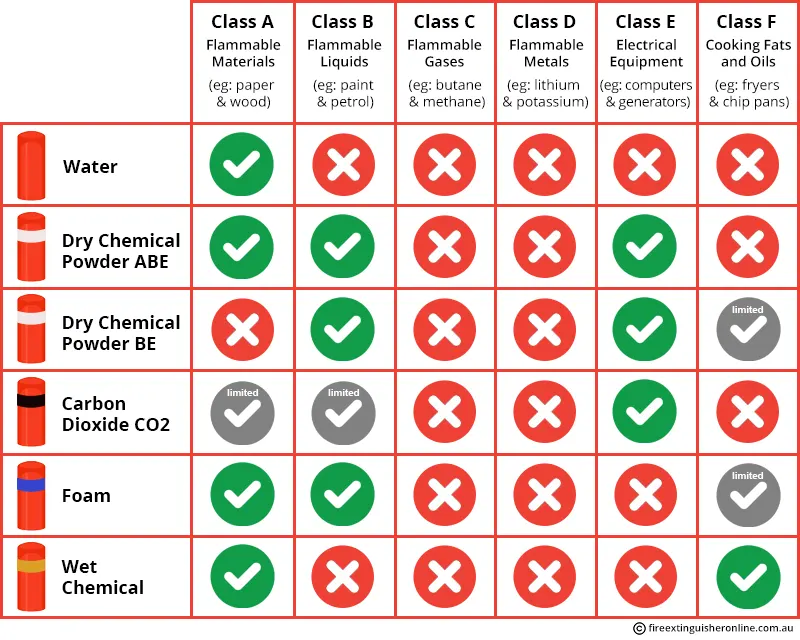
Fire Extinguisher Types And Fire Classes In Australia

Classes Of Fire An In Depth Look At Fire Prevention

Class B Fire Extinguishers Combustible Gases And Liquids Strike First Usa
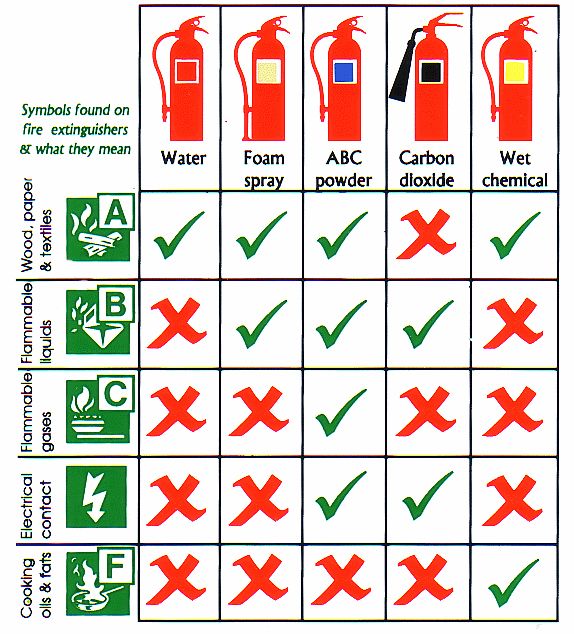
5 Types Of Fire Extinguishers A Guide To Using The Right Class
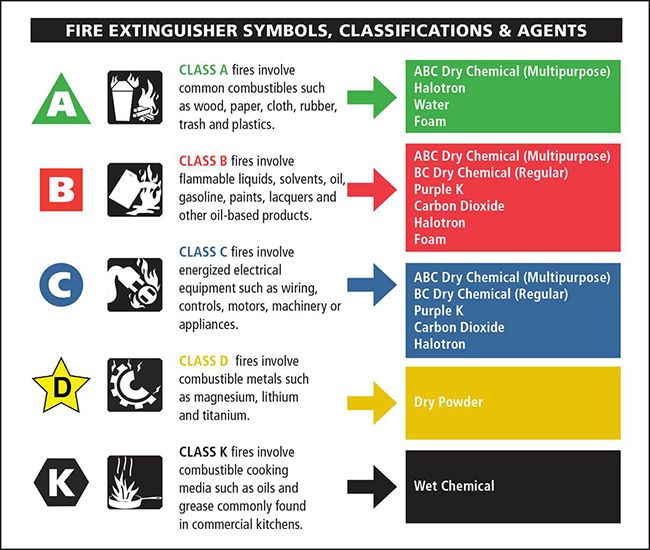
Types Of Fires Kidde Fire Safety

Class B Fire Extinguishers Combustible Gases And Liquids Strike First Usa

Classification Of Fire And Hazard Types As Per Nfpa Enggcyclopedia
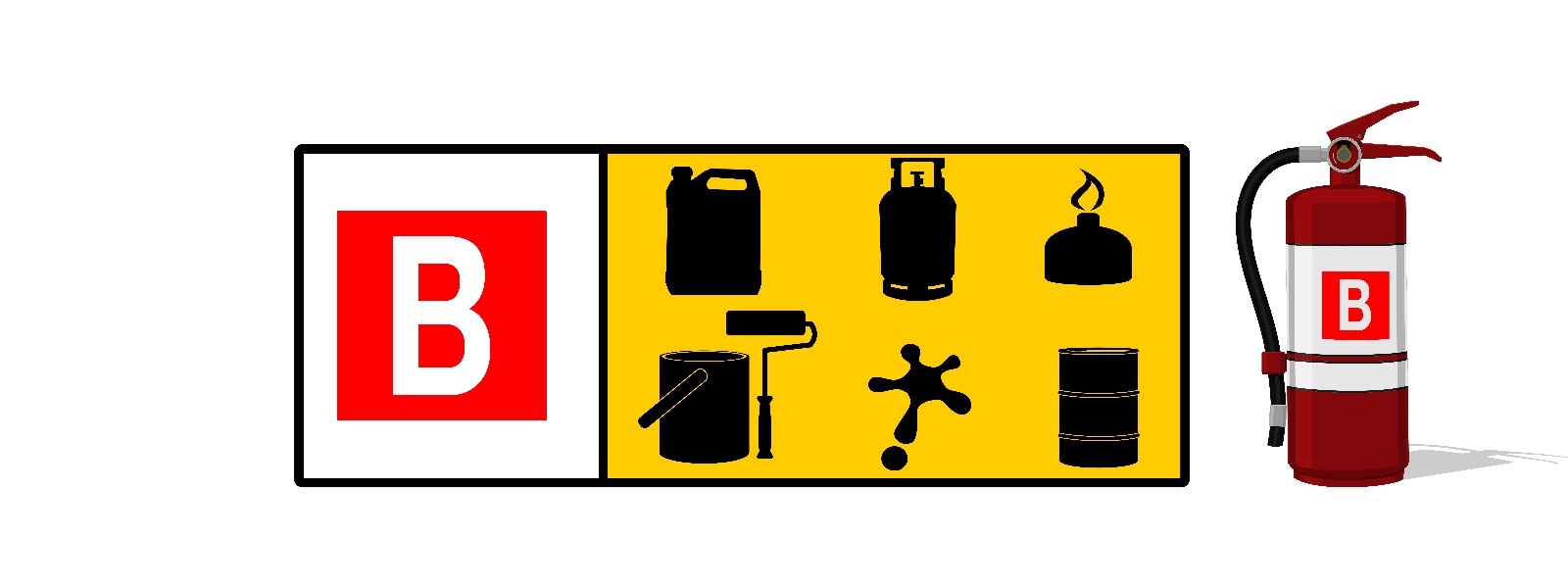
What Is A Class B Fire Extinguisher Used For
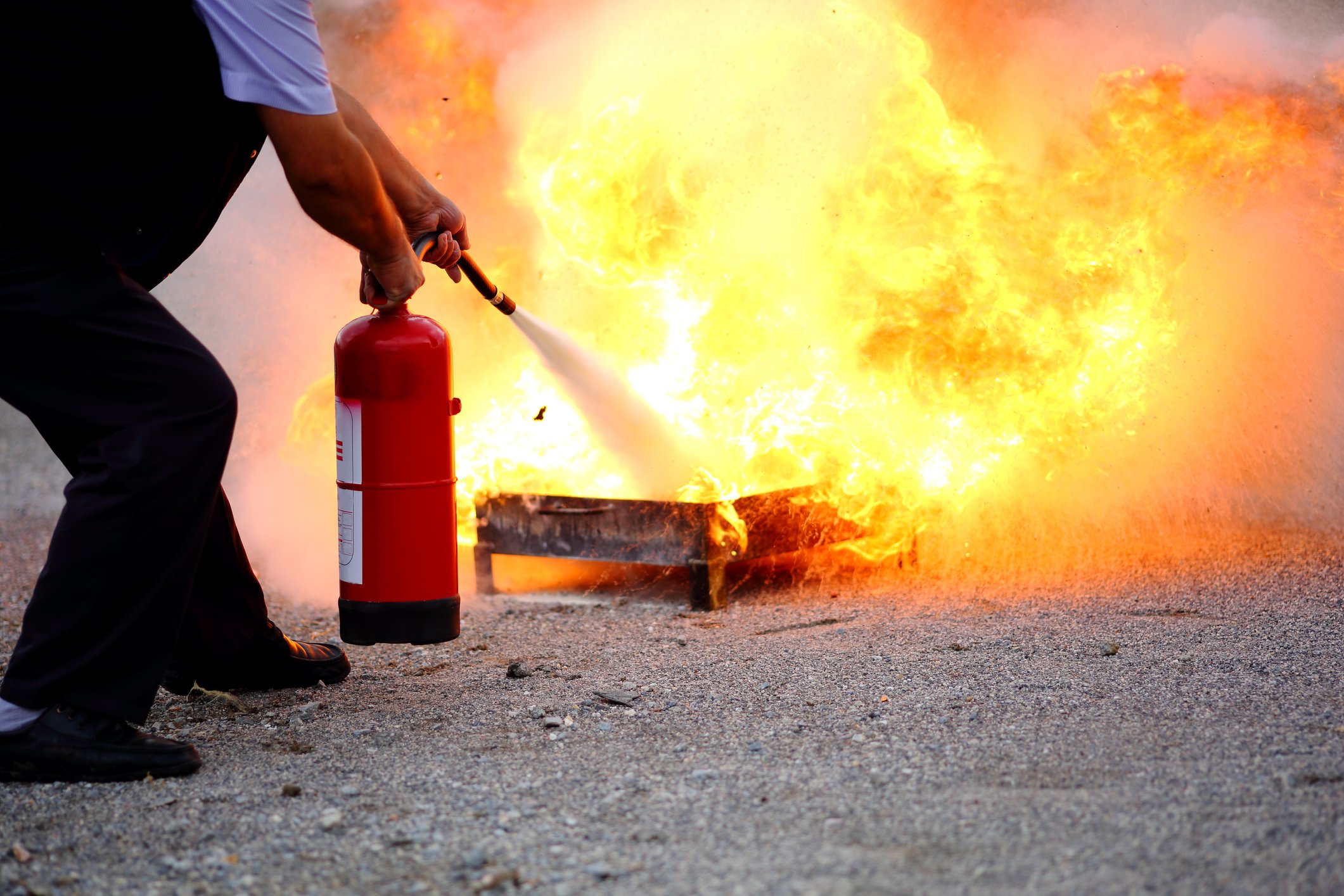
Extinguish Or Evacuate The 5 Types Of Fire And How To Respond

Fire Extinguishers Marsden Website
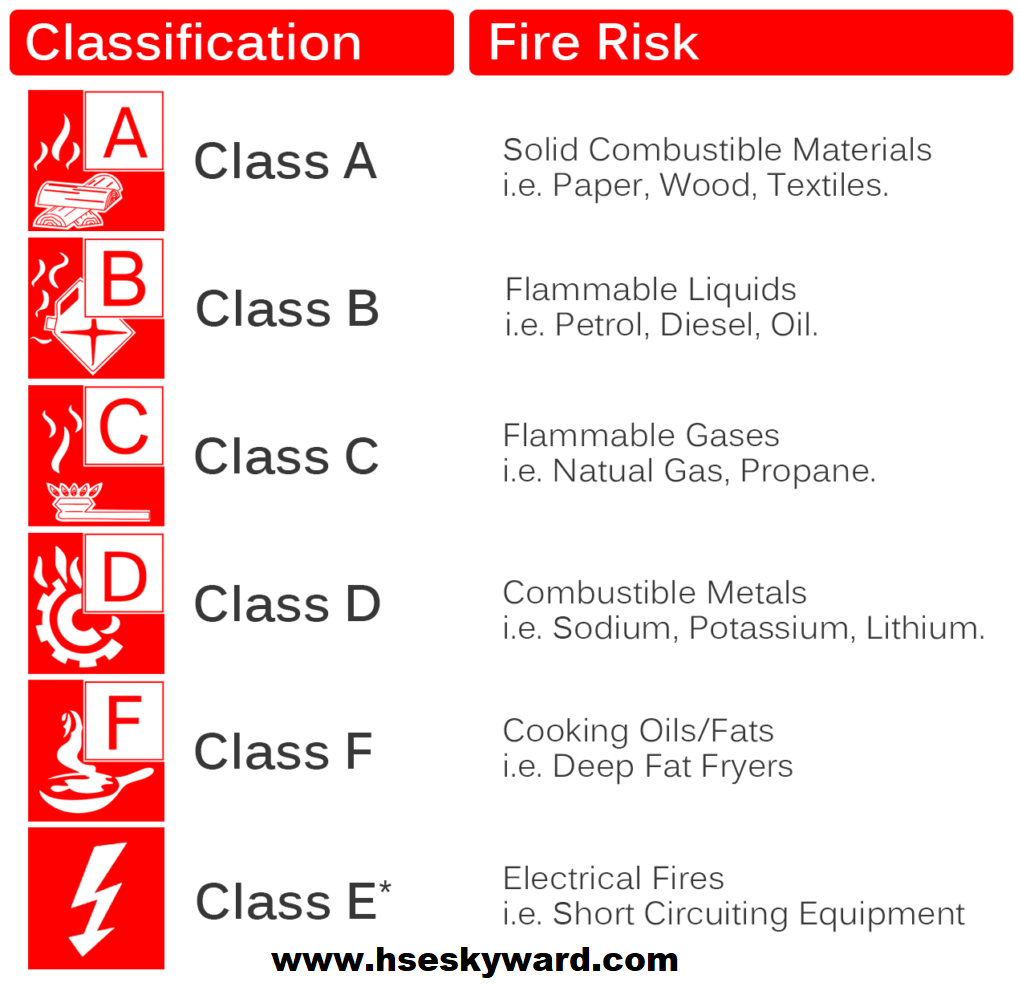
What Are Classes Of Fire Hse Skyward
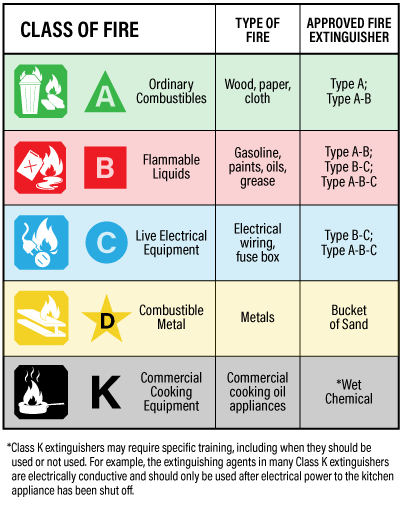
Fire Extinguishers Portable Osh Answers
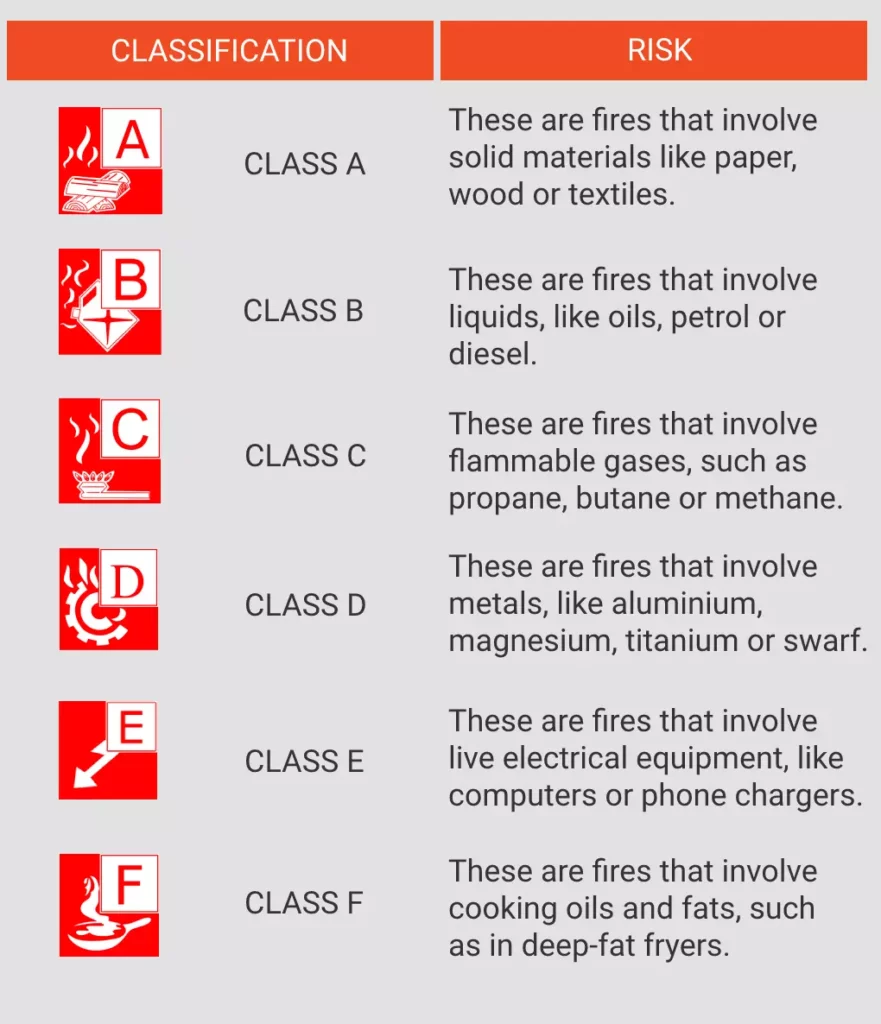
Fire Classification The Different Classes Of Fire Ideal Response
